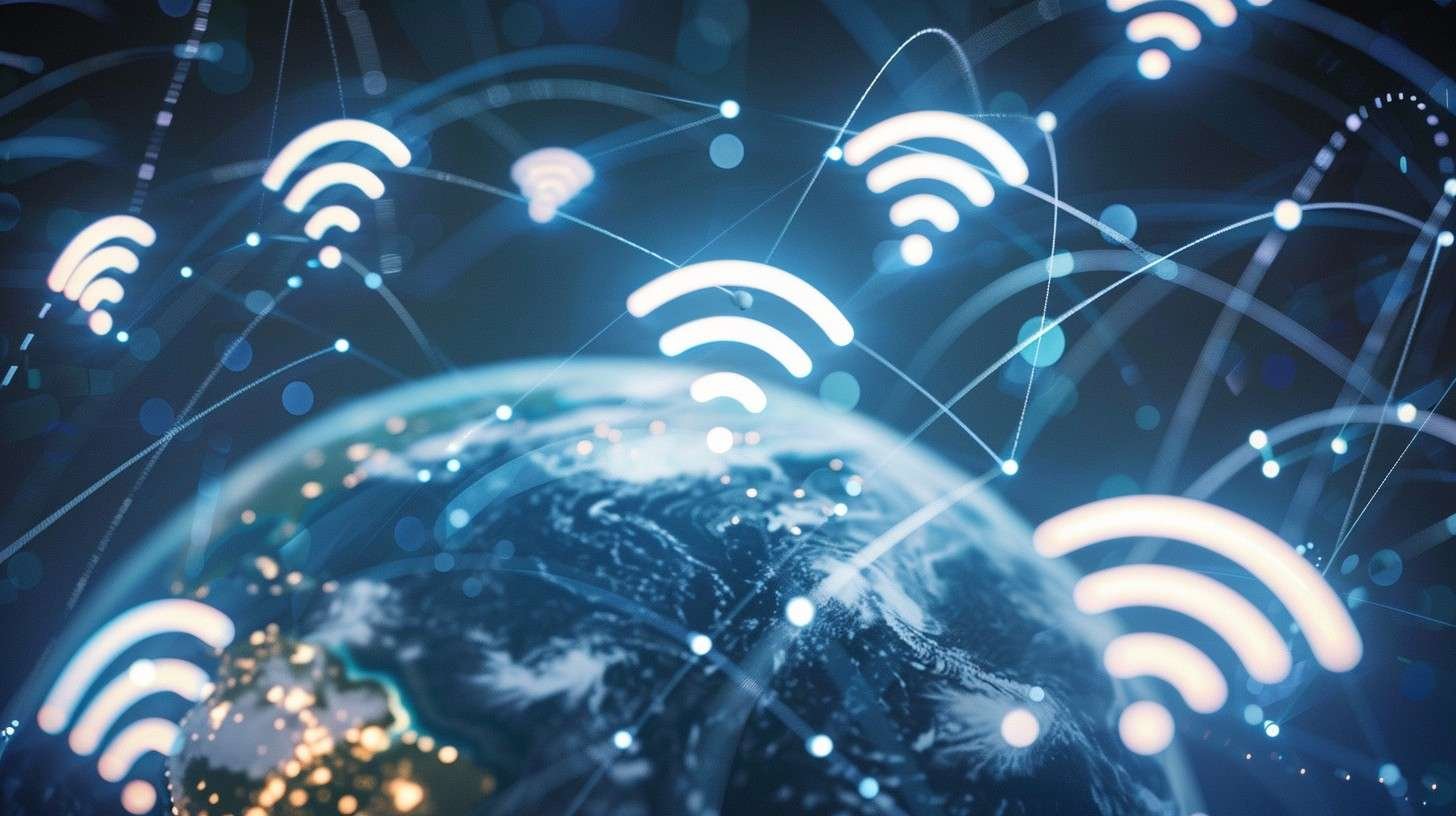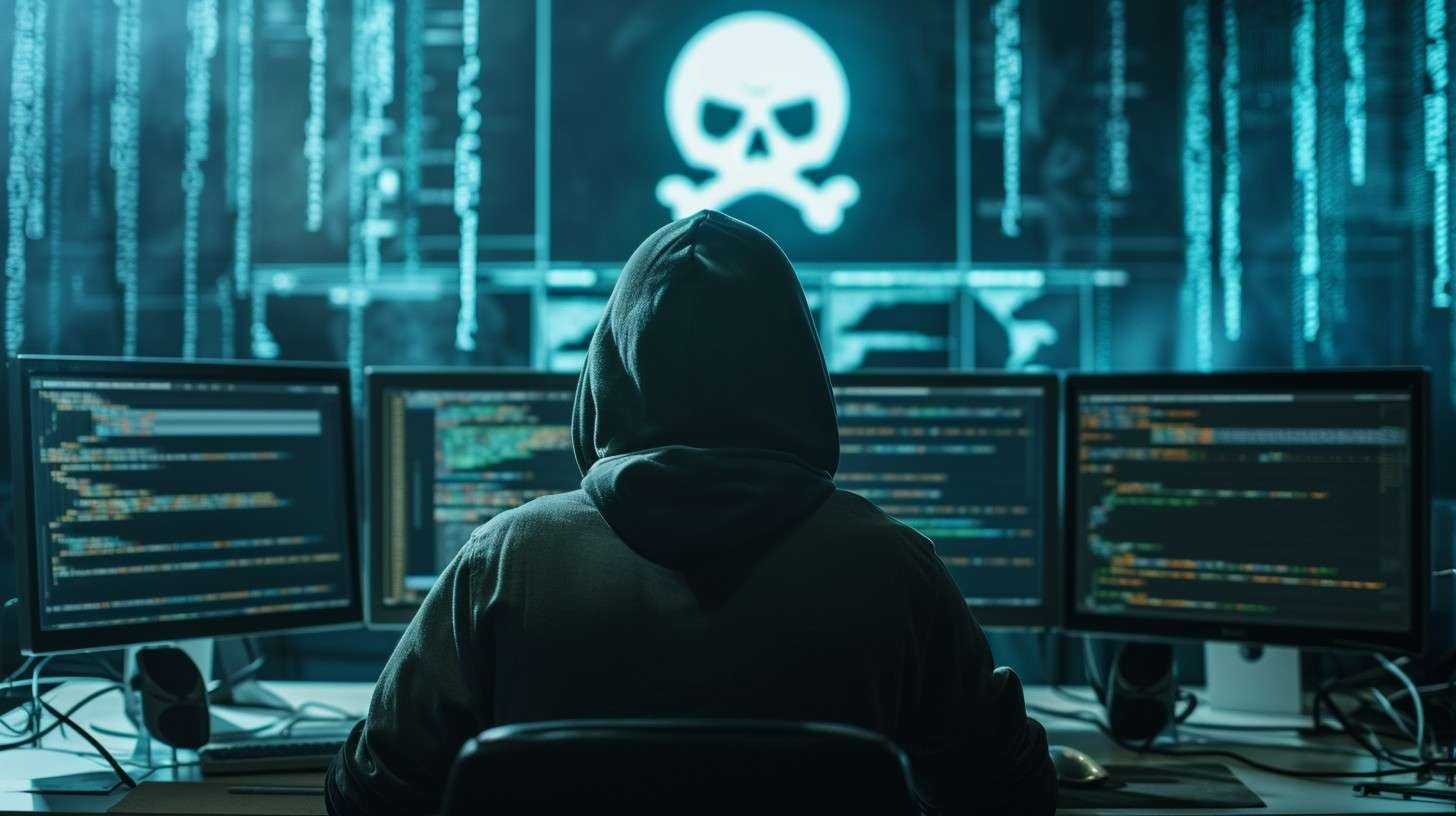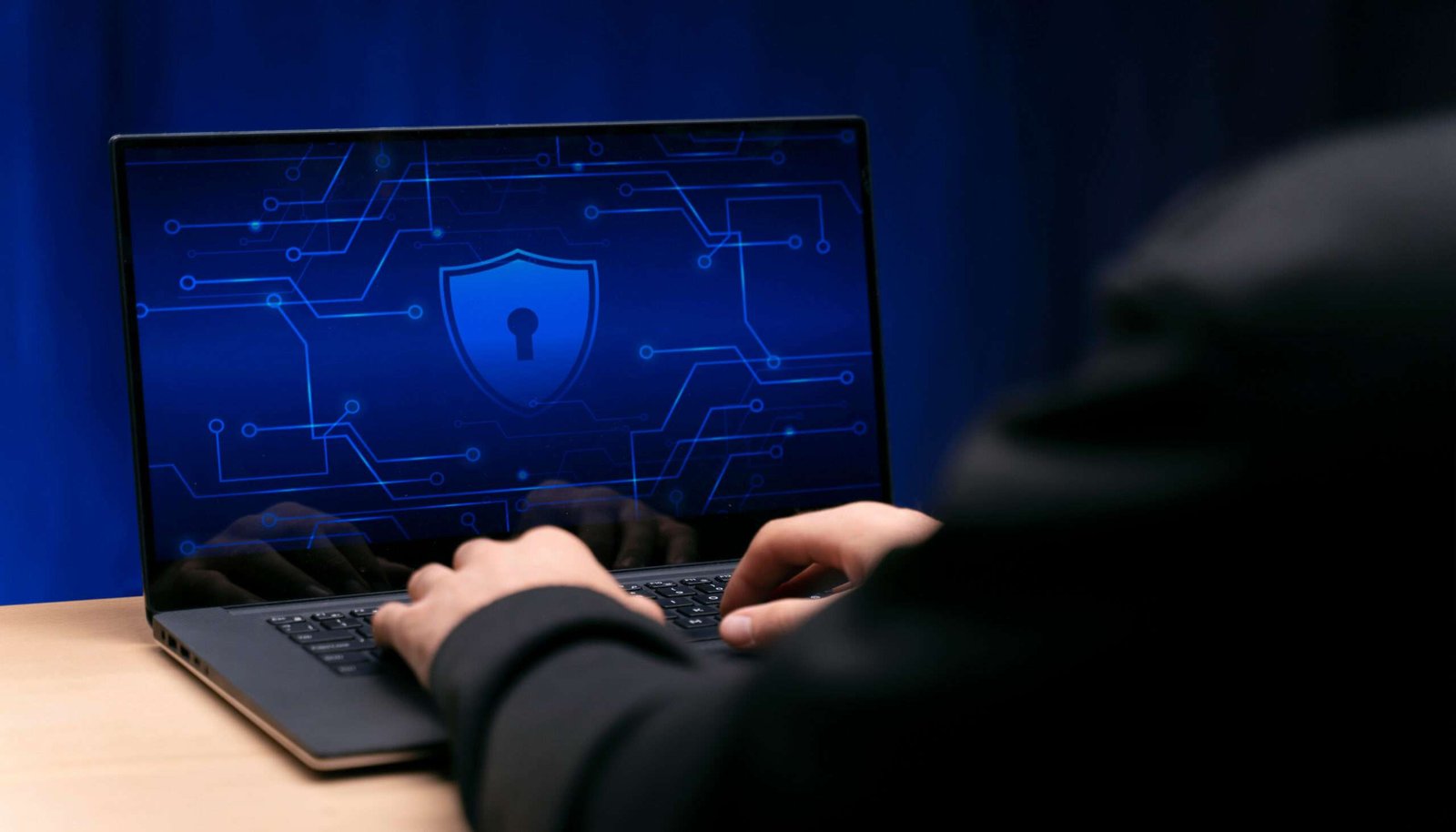The Evolution of Cybersecurity: Protect Your Digital Life
Introduction
In an era where our lives are increasingly digitized, the importance of cybersecurity cannot be overstated. From protecting personal information to safeguarding national security, cybersecurity has evolved significantly over the decades. Let’s take a journey through the past and present of cybersecurity to understand its evolution and what the future holds.
Early Days of Cybersecurity
The Birth of Cybersecurity
The concept of cybersecurity originated in the early days of computing when the first mainframes were developed. These systems, though primitive by today’s standards, required basic security measures to protect against unauthorized access.
Basic Security Measures
Initially, cybersecurity was about protecting physical access to the hardware. Passwords and physical locks were the primary methods used to ensure that only authorized personnel could access sensitive data.
The First Cyber Attacks

The first known cyber attacks were relatively simple. In the 1970s, the Creeper virus, often considered the first computer virus, was created as an experimental self-replicating program. Although it was harmless, it marked the beginning of a new era of cybersecurity threats.
The 1980s: The Dawn of Antivirus
Introduction of Antivirus Software
The 1980s saw the advent of antivirus software. Companies like McAfee and Norton developed programs to detect and remove viruses, which were becoming increasingly prevalent.
Major Virus Outbreaks
This decade witnessed significant virus outbreaks, such as the Brain virus and the Morris worm. These incidents highlighted the need for robust cybersecurity measures and spurred the development of more sophisticated antivirus solutions.
The Role of Governments and Organizations
Governments and enterprises alike have increasingly acknowledged the critical significance of cybersecurity in safeguarding digital assets and protecting sensitive information. This growing awareness has prompted concerted efforts to bolster defenses against evolving cyber threats, underscoring cybersecurity’s pivotal role in the modern digital landscape. Regulatory frameworks and industry standards were established to guide the implementation of security measures.
The 1990s: The Internet Era

Emergence of the World Wide Web
The 1990s brought about the widespread use of the internet, revolutionizing the way we communicate and share information. However, it also introduced new cybersecurity challenges.
Rise of Internet Security Threats
With the internet’s growth, cyber threats became more sophisticated. Hackers began to exploit vulnerabilities in web applications and networks, leading to a surge in cyber attacks.
Development of Firewalls and Intrusion Detection Systems
To combat these threats, firewalls and intrusion detection systems (IDS) were developed. Firewalls acted as barriers between trusted and untrusted networks, while IDS monitored network traffic for suspicious activity.
The 2000s: Sophistication of Cyber Threats

Evolution of Malware
In the 2000s, malware evolved from simple viruses to complex threats like worms, Trojans, and spyware. These malicious programs were designed to steal data, disrupt operations, and cause widespread damage.
The Advent of Phishing and Ransomware
Phishing and ransomware attacks became prominent during this period. Cybercriminals used phishing emails to trick users into revealing sensitive information, while ransomware encrypted victims’ data, demanding payment for its release.
Importance of Encryption
To protect sensitive data, encryption technologies became essential. Encrypting data ensured that even if it was intercepted, it could not be read without the proper decryption key.
The 2010s: Mobile and Cloud Security

Rise of Mobile Devices
The proliferation of smartphones and tablets introduced new security challenges. Mobile devices, often less secure than traditional computers, became prime targets for cyber attacks.
Challenges of Cloud Computing
Cloud computing revolutionized data storage and access, but it also presented unique security concerns. Ensuring the security of data stored in the cloud became a top priority for organizations.
Implementation of Multi-Factor Authentication
To enhance security, multi-factor authentication (MFA) became widely adopted. MFA required users to provide multiple forms of verification before accessing accounts, making it more difficult for cybercriminals to gain unauthorized access.
The 2020s: AI and Machine Learning in Cybersecurity

Integration of AI and Machine Learning
Artificial intelligence (AI) and machine learning have become integral to modern cybersecurity. Utilizing these technologies involves harnessing their capacity to sift through extensive datasets, identifying both regular patterns and irregularities that may signal potential cyber threats. This analytical prowess enables proactive cybersecurity measures, enhancing overall digital defense strategies.
Advancements in Threat Detection
AI-powered threat detection systems can identify and respond to threats in real time, reducing the window of opportunity for cybercriminals. This proactive approach has significantly improved cybersecurity defenses.
The Role of Big Data
Big data analytics is also playing a crucial role in cybersecurity. By analyzing large datasets, organizations can gain insights into potential vulnerabilities and improve their overall security posture.
Evolution of Cybersecurity Strategies
From Reactive to Proactive Measures
Cybersecurity strategies have shifted from reactive to proactive measures. Instead of waiting for an attack to occur, organizations now focus on identifying and mitigating potential threats before they can cause harm.
Development of Zero Trust Architecture
Zero trust architecture has emerged as a leading cybersecurity framework. The operational philosophy revolves around the core tenet of ‘verify, don’t trust,’ rigorously scrutinizing each access request irrespective of its source. This approach guarantees robust security measures where every access attempt undergoes meticulous verification, reinforcing the integrity of digital defenses.
Importance of Cyber Hygiene
Promoting good cyber hygiene practices is essential for preventing cyber attacks. Regularly updating software, using strong passwords, and educating employees about cybersecurity best practices are key components of a robust security strategy.
Current Trends in Cybersecurity
Rise of Cybersecurity Awareness
Awareness about the importance of cybersecurity has grown significantly. Individuals and organizations alike are becoming more vigilant and proactive in protecting their digital assets.
Increasing Regulatory Requirements
Governments around the world are enacting stricter cybersecurity regulations. Compliance with these regulations is crucial for organizations to avoid penalties and protect their reputations.
Focus on Data Privacy
Data privacy has become a top priority in cybersecurity. Protecting personal information and ensuring compliance with data protection laws, such as the GDPR, are critical for maintaining customer trust.
Future of Cybersecurity
Quantum Computing and Its Impact
Quantum computing has the potential to revolutionize cybersecurity. While it promises unprecedented computing power, it also poses a threat to current encryption methods, necessitating the development of quantum-resistant cryptography.
Importance of Continuous Education
Continuous education and training are vital for staying ahead of evolving cyber threats. Cybersecurity professionals must keep up with the latest trends and technologies to effectively combat new challenges.
Global Collaboration for Cybersecurity
Global collaboration is essential for addressing the borderless nature of cyber threats. International cooperation and information sharing can help create a united front against cybercriminals.
Conclusion
The evolution of cybersecurity from its humble beginnings to the present day highlights the constant battle between cybercriminals and security experts. As technology continues to advance, so too will the methods used to protect our digital world. By staying informed, adopting proactive measures, and fostering global collaboration, we can navigate the complex landscape of cybersecurity and secure a safer digital future.
FAQ’s
1. What is the biggest challenge in cybersecurity today?
The biggest challenge in cybersecurity today is keeping pace with the rapidly evolving threat landscape. Cybercriminals are constantly developing new techniques and technologies to exploit vulnerabilities, making it crucial for organizations to stay ahead with proactive security measures.
2. How has AI changed cybersecurity?
AI has revolutionized cybersecurity by enabling real-time threat detection and response. AI-powered systems can analyze vast amounts of data to identify patterns and anomalies, improving the accuracy and speed of threat detection.
3. What is zero trust architecture?
Zero trust architecture is a cybersecurity framework that operates on the principle of “never trust, always verify.” It requires thorough verification of every access request, regardless of its origin, ensuring that only authorized users can access sensitive data.
4. Why is cybersecurity important for small businesses?
Cybersecurity is crucial for small businesses because they are often targeted by cybercriminals due to their perceived lack of robust security measures. Protecting sensitive data and maintaining customer trust are essential for the survival and success of small businesses.
5. How can individuals protect themselves from cyber threats?
Individuals can protect themselves from cyber threats by practicing good cyber hygiene. This includes using strong passwords, enabling multi-factor authentication, regularly updating software, being cautious of phishing emails, and educating themselves about cybersecurity best practices.

One response to “Protect Your Digital Life: Evolution Of Cybersecurity”
[…] the digital realm, AI plays a crucial role in cybersecurity, identifying and neutralizing cyber threats before they can cause significant […]